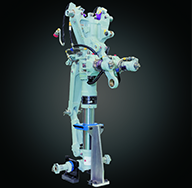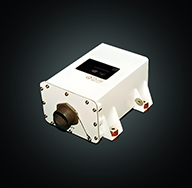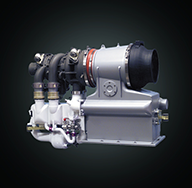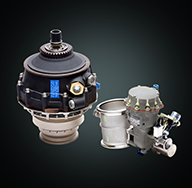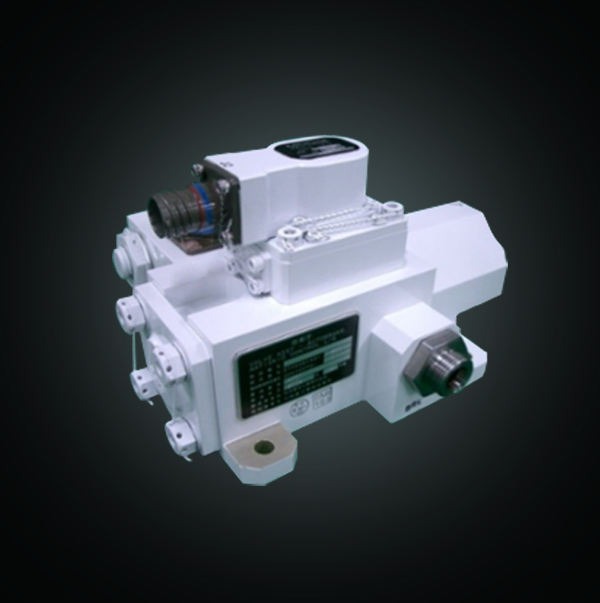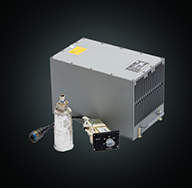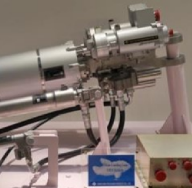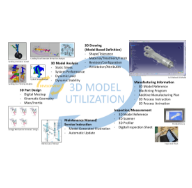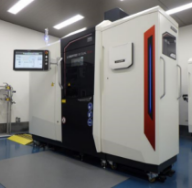Shimmy Test
(1)
This test verifies that the nose landing gear assembly and the steering control system that steers the nose landing gear have sufficient damping performance, and that there are no zones in which the nose landing gear will shimmy (spontaneous vibration) under the various runway conditions (map with running speed and nose landing gear load as coordinates) encountered during actual flight.
(2)
A dynamometer and shimmy tower are used. The dynamometer drum provides the runway surface and drives the nose gear tires at the test speed. The shimmy tower raises and lowers the nose gear to create the runway condition.
(3)
The shimmy tower has the function of adjusting the test load applied to the nose landing gear as well as raising and lowering the landing gear, and also the function of automatically raising the nose landing gear and separating it from the drum if shimmy occurs.It is also equipped with a lateral load application device that applies a lateral load to the landing gear as an external disturbance while the vehicle is moving.If this external disturbance cannot be sufficiently damped by the landing gear and steering control system, it will lead to shimmy (spontaneous vibration).
(4)
The test outline is as follows:
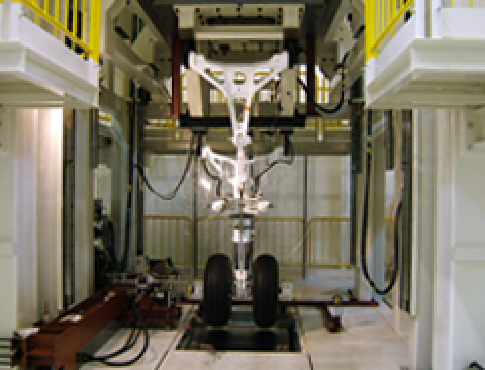
Brake Test
| 1 | With the landing gear suspended on the shimmy tower, the drum is rotated at a constant test speed. |
| 2 | Press the landing gear onto the drum to set it in the taxing condition. At this time, the test load is applied to the landing gear. |
| 3 | Apply lateral load to the legs. |
| 4 | If the device's sensors detect a shimmy, the landing gear will automatically rise to prevent the shimmy. |
| 5 | If no shimmy occurs, the Landing gear is raised after obtaining the data necessary for damping performance evaluation. |
Contact Us
Contact Us
